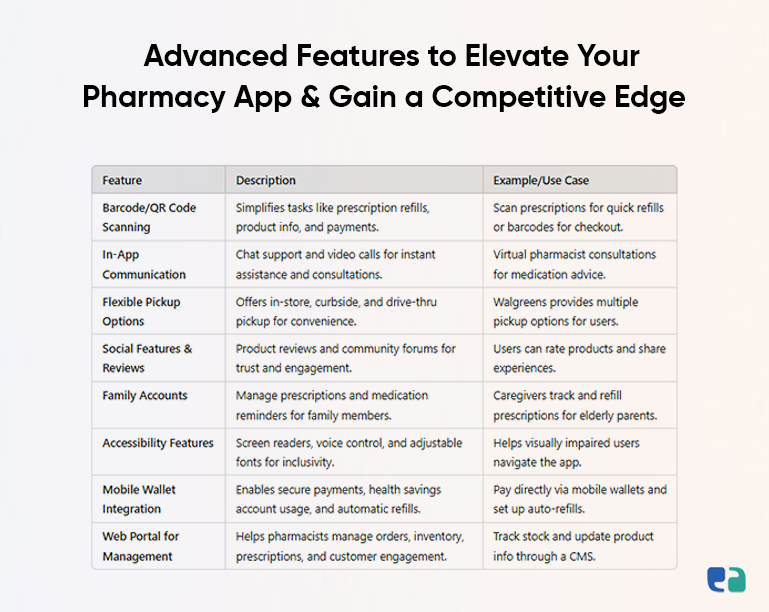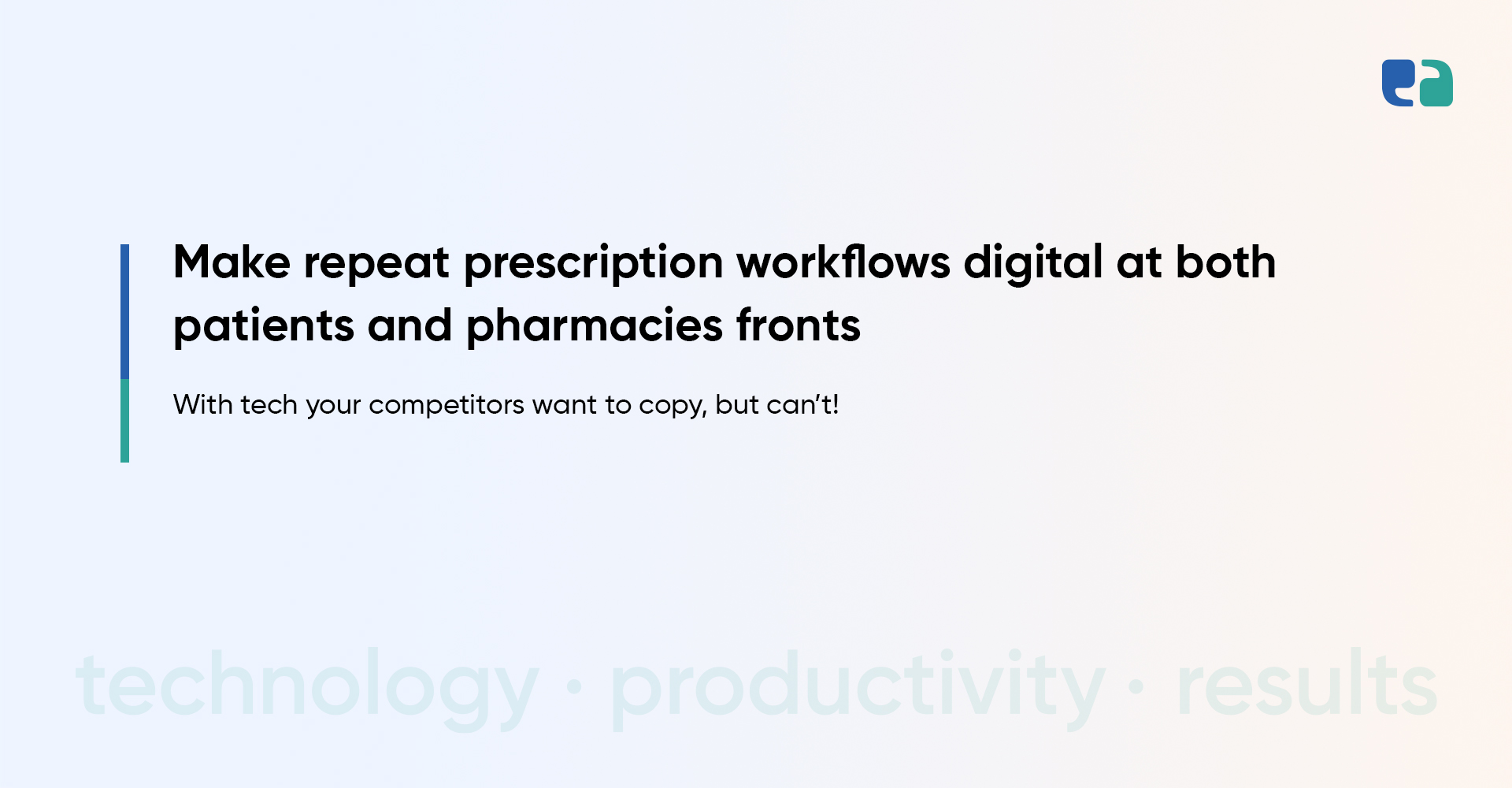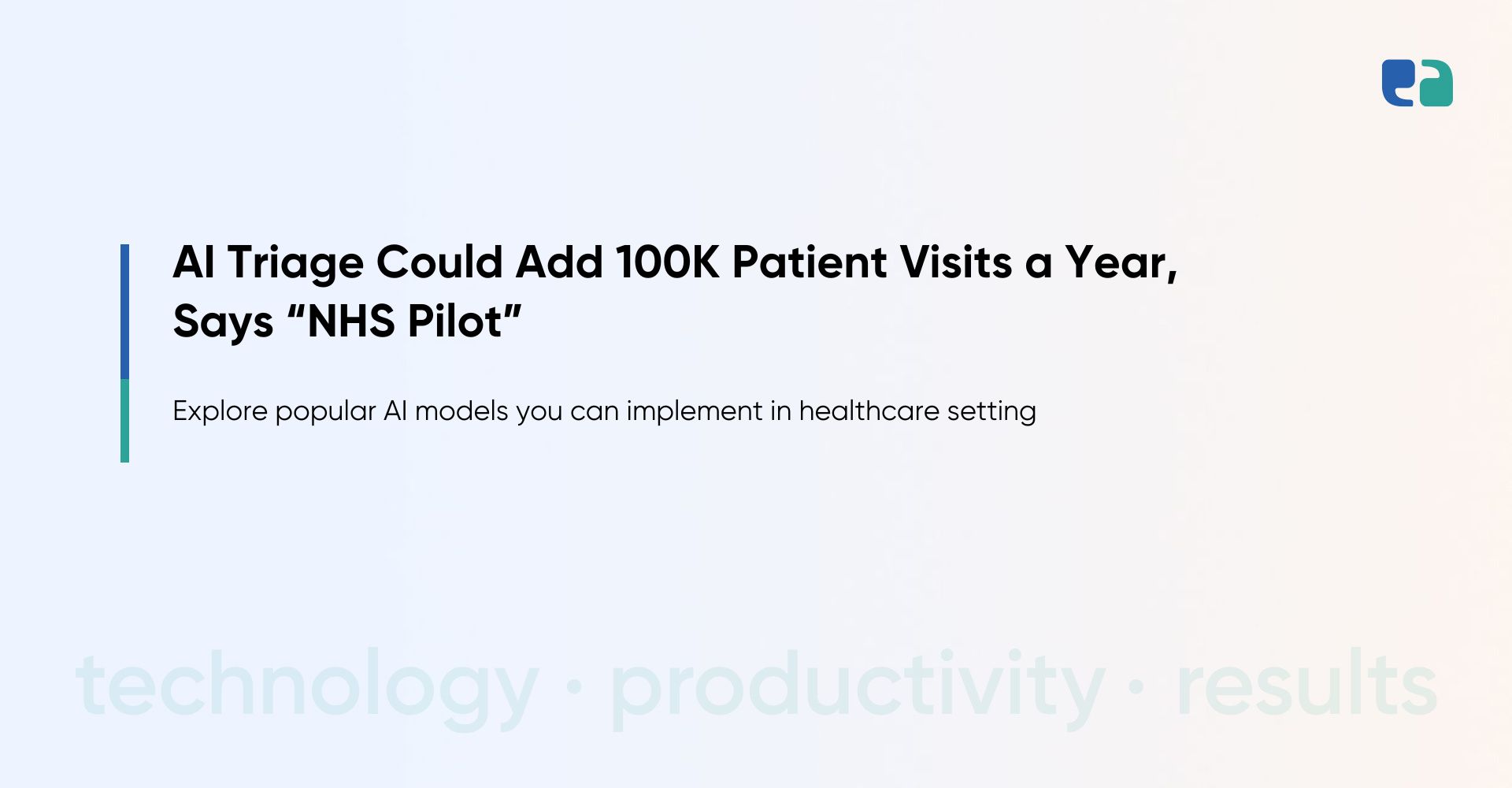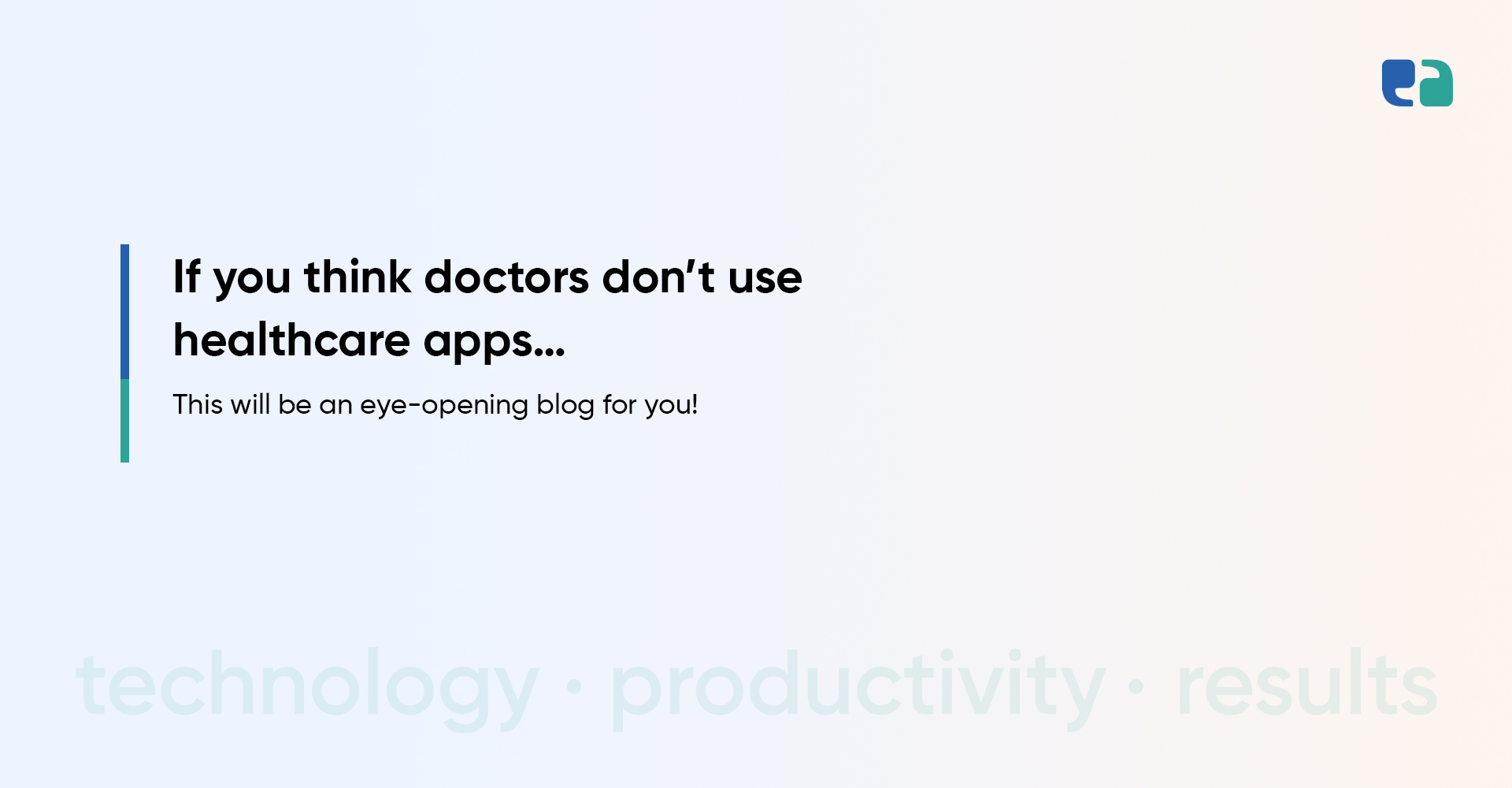The online pharmacy market is booming, and mobile apps are leading the way.
In 2020, the USA market was worth $68 billion, but by 2026, it’s expected to reach a staggering $178 billion.
That’s not all—it’s growing globally too.
The online pharmacy market, valued at $51.5 billion in 2021, is set to grow at a rapid 16% CAGR from 2023 to 2032.
What’s driving this growth?
It’s simple: smartphones and convenience.
People want easy access to healthcare. In fact, 75% of customers expect healthcare providers to offer the same great service they get from other industries.
Big players are already making moves. For example:
- Amazon acquired PillPack, a top online pharmacy, in 2018.
- Google’s Wing partnered with Walgreens for drone deliveries in Texas.
Here’s a stat to remember:
ExtraCare members using the CVS app save up to 6X more than those who don’t! Plus, CVS has seen a double-digit increase in app downloads.
For pharmacies, apps don’t just boost convenience—they also cut costs, grow sales, and build loyalty.
Now’s the perfect time to build your own app and become part of this exciting healthcare revolution.
Pharmacy App Business Models: Which One is Right for You?
Start by choosing the right business model for your pharmacy app idea. Here’s a breakdown of the two main options and their potential.
1. Independent Pharmacy Apps
These apps are created for individual pharmacies. They give pharmacies complete control over their branding and services.
Features to Include:
- Online Ordering: Customers can order medications and wellness products. For example, Walgreens offers online ordering for over 1,700 items.
- Prescription Management: Let users refill prescriptions, track orders, and manage their prescription history. Big Y’s app even allows users to scan bottles and add family members.
- Loyalty Programs: Offer rewards and discounts to boost customer loyalty, just like CVS’s ExtraCare program.
- Direct Communication: Enable chat or video consultations with pharmacists. CVS is even introducing AI to answer questions and connect customers to live agents.
Benefits:
- Better customer experience with convenience and personalization.
- Increased sales by attracting new customers and encouraging repeat business.
- Stronger brand loyalty through exclusive features and offers.
- Full control over app features, branding, and customer data.
2. Pharmacy Aggregator Apps
These apps bring multiple pharmacies together on one platform. Customers can compare products, prices, and services in a single app.
Benefits for Customers:
- Access to a wide range of products from different pharmacies.
- Compare prices to find the best deals.
- A one-stop solution for healthcare shopping.
Challenges to Watch:
- Managing relationships with multiple pharmacies.
- Ensuring quality and consistency across providers.
- Handling competition among listed pharmacies.
3. Integrating with Healthcare Services
Want to go the extra mile? Combine your pharmacy app with other healthcare services to create a complete ecosystem.
Integration Ideas
- Clinics: Let users book appointments and view medical records directly in the app.
- Telemedicine: Add video consultations so customers can talk to doctors or pharmacists 24/7. CVS already offers this!
- Labs: Allow users to order tests, view results, and manage their health data.
Why Integrate?
- Makes life easier for customers with a one-stop solution.
- Improves patient care with seamless communication between providers.
- Opens up new revenue opportunities with added services.
Kroger’s Smart Benefits program lets users combine pharmacy, nutrition, and healthcare benefits.
CVS app integrates with Apple Health to share fitness data and unlock rewards.
Advantages of Building a Retail Pharmacy App
1. Boosts Sales and Revenue
Features like mobile ordering, personalized offers, and app-only deals help grow your sales.
The CVS Pharmacy app, for instance, makes prescription checkouts seamless and sends exclusive app deals.
Customers save up to 6X more using the app, showing how convenience drives revenue growth.
2. Improves Customer Loyalty
A great app builds stronger customer relationships. Offer easy refills, medication reminders, and loyalty rewards to keep users engaged.
CVS grew its loyalty program by 16% during the pandemic, thanks to app engagement and exclusive rewards.
Their app even includes a Rewards Tracker for customers to see their progress easily.
3. Streamlines Operations and Cuts Costs
An app can simplify pharmacy processes, like managing inventory and automating reorders.
This reduces waste and helps pharmacists focus on customer care.
CVS reported a 45% increase in ExtraCare texts, showing how digital tools save time and effort for staff and customers alike.
Learning from Successful Pharmacy Apps: CVS and More
Key Features Your Retail Pharmacy App Should Have
1. User-Friendly Interface
- Simple Design: Ensure the app is easy to navigate, with quick access to key features like prescription refills and order tracking.
2. Personalization
- Custom Features: Offer personalized medication reminders, saved delivery addresses, and tailored recommendations.
3. Prescription Management
- Easy Refills: Allow barcode scanning, prescription history access, and upload options for refills.
- Medication Reminders: Help users stay on track with their medication schedules.
- Drug Information: Provide detailed medication details, including side effects and interactions.
4. Secure Payment Options
- Multiple Methods: Support credit cards, health savings accounts (HSAs), and mobile wallets.
- Secure Transactions: Use robust encryption for all payments.
5. Loyalty Program Integration
- Rewards Integration: Allow users to earn and track loyalty points in-app.
- Personalized Deals: Use purchase history to suggest relevant offers.
6. Effective Communication Tools
- Push Notifications: Notify users about prescription updates and offers.
- In-App Messaging: Enable users to connect with pharmacists securely.
- Additional Services: Add features like 24/7 video chat with healthcare providers.
7. System Integration
- Pharmacy Systems: Integrate with systems like Kroll in Canada for smooth prescription handling.
- EHR Integration: Allow users to access medical records while adhering to privacy regulations.
8. Additional Features
- Inventory Updates: Show real-time stock availability.
- Store Locator: Help users find nearby pharmacies and check service availability.

A Step-by-Step Roadmap for Building Your Retail Pharmacy App
1. Planning and Strategy
Start by identifying your target audience. For example, if you aim to reach senior customers, make sure the app is easy to navigate with clear instructions.
Next, define your app’s objectives. Do you want to boost prescription refills or drive OTC sales?
Set clear, measurable goals to guide the development process.
2. Design and Development
Choose the right development partner with healthcare app experience. Ensure they have exclusive experience in healthcare so that they align with your vision.
Integrate a smooth e-commerce system, with a secure payment gateway and real-time order tracking.
For prescription management, ensure a secure upload and verification process. Use agile development for flexibility, allowing regular updates based on user feedback.
Discover: Pharmacy eCommerce Integration: 2025 Guide to Launch Pharmacy eCommerce Store
3. Testing and Deployment
Before launch, conduct rigorous testing across different devices and operating systems.
Invite a select group of users for beta testing to gather feedback.
Once the app is ready, follow app store guidelines for submission to Google Play and the Apple App Store.
4. Ongoing Maintenance and Support
Release regular updates to improve the app and fix any issues.
Provide responsive customer support through in-app messaging or email. Keep your app secure by addressing vulnerabilities and staying up to date with the latest security practices.
AI-Powered Personalization for Better Engagement
AI can change the way pharmacy apps interact with users, boosting engagement and helping people stick to their medication plans.
1. Personalized Medication Recommendations
AI can analyze the symptoms or health conditions users report and suggest relevant over-the-counter medications.
For example, if a user mentions having a cold, the app could recommend cold and flu medications.
2. Smart Dosage Reminders
AI can send timely reminders about medication schedules based on user preferences.
If a user often ignores reminders at certain times, the app can adjust the delivery method or timing.
3. Customized Health Information
AI can deliver tailored health tips and articles based on the user’s health profile.
For instance, if a user has diabetes, the app could share information on managing blood sugar levels, diabetic recipes, and exercise tips.
Personalized content helps users make informed health decisions, and while direct stats are lacking, this strategy is key to improving engagement.






